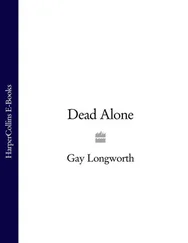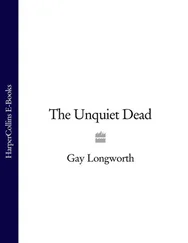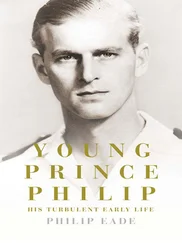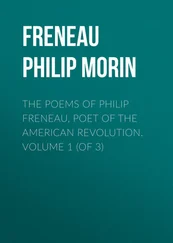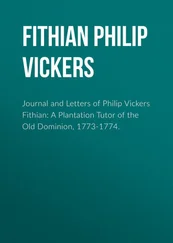It was Sviatoslav who finally eliminated the Khazars, who had for so long controlled the commercial networks of the south. He drove them from their strong-points on the Sea of Azov and then from Itil, their strategic trading centre on the Volga. At the same time he overcame the Volga Bulgar tribes. Then, presumably in return for a favour or in expection of one, he answered a call from the Emperor to campaign against the Bulgars of the Balkans. The experience evidently whetted his ambition to control the delta of the river Danube, so great was its commercial value. There, in the words of an early Russian chronicler, ‘all the good things of the world converge: gold, precious silks, wine and fruit from Byzantium, silver and horses from Bohemia and Hungary, furs, wax, honey and slaves from Russia.’ 20
Indeed, in 971 Sviatoslav decided to establish his capital in the delta. From that point on the Danube seems to have been embedded in the Russians’ collective imagination as a source of fascination. Long afterwards, popular folk songs were to reflect a yearning to possess it. 21But, though Sviatoslav was at first succesful, he soon ran foul of Byzantine interests. The Emperor John Tzimisces, a former general who had killed his predecessor in a palace coup, found Sviatoslav’s initiative intolerable and resolved to drive him out. Sviatoslav proved to be no match for him in strategy. John led his army in a dramatically fast march which trapped the Russians in the stronghold they called Pereiaslavets on the Danube. Despite frantic resistance, Sviatoslav was forced to concede. The parley that ended the fight occasioned a pen-portrait of him by a Byzantine observer.
According to this, Sviatoslav was a man of medium height, broad shouldered, blue-eyed, bushy-browed and snub-nosed. He had a thick neck, long moustachios and a shaven head — except for a lock of hair on one side, the mark of his nobility. In one ear he wore a gold ring set with two pearls and a ruby, and he wore a suit of golden armour. Yet he seemed ‘gloomy and savage’, no doubt because his imperial hopes had been dashed. 22Sviatoslav would not adopt an appropriate mien of humility, however, and this did not please the Emperor, whose agents soon arranged for the Pechenegs to ambush Sviatoslav and kill him. In this way, glittering ambition met a mean and dusty end.
Politics continued in its bloody tradition. Sviatoslav’s three sons, who had been acting as his viceroys in Kiev, Novgorod and Derevliania, fell out with one another, and two of them lost their lives. The survivor was Vladimir, the ruler who brought Russia into the Christian fold and became its founding saint. His image, created by a grateful Church, gives a misleading impression of the man, however. The real Vladimir was visibly his father’s son: a commercial slave-owner who became the proud possessor of several hundred concubines; a ruthless politico, little moved by considerations of brotherly love. With the help of a band of Viking mercenaries he had disposed of his brother Iaropolk of Kiev, who favoured Christianity, and promised to maintain the cause of paganism. Many years were to pass before he recanted, and then only for compelling political reasons.
Vladimir had sent a contingent of warriors to help Emperor Basil II defeat a rebellion, and the grateful Basil had offered his own sister Anna to Vladimir in marriage — an alliance which would confer considerable prestige. No princess born in the purple had ever before been offered in marriage to a foreigner, however useful, however powerful. The price was conversion, but it seemed a price worth paying. Then the Emperor and his entourage began to have second thoughts about the merits of the match. This hitch led Vladimir to launch a campaign against Byzantine holdings in the Crimea. Only when Anna was finally delivered did Vladimir fulfil his side of the bargain.
The statue of Perun the Thunderer and the other idols he had had erected on a hill that dominated Kiev were now pulled down. They were then subjected to a humiliating ritual flogging by twelve men as they were dragged to the river Dnieper and then hurled into it. 23The entire population of the city is said to have been driven into the river too — to be baptized. Russia now was part of Christendom.
A splendid monument celebrating the conversion still stands in Kiev: the cathedral church now known as St Sophia, though the original foundation had been dedicated to Kiev’s carefully chosen patron saint, Elias. Vladimir’s sponsor, the Emperor Basil, was, after all, a devotee of St Elias. Moreover, the saint was associated with thunder and lightning, which made his cult particularly attractive to worshippers of Perun. 24The choice was calculated both to ingratiate Russia’s ruler with the great Emperor and to help wean pagan subjects from their addiction to Perun. The pressing need for St Elias eventually passed, however, and so when a new cathedral was built it was dedicated to Santa Sophia, the Holy Wisdom.
It was not Vladimir who built it, however, but his son laroslav the Wise, who lies buried in it still, in a white stone sarcophagus. Begun in 1017 and dedicated in 1037, a year after laroslav inflicted a decisive defeat on the Pechenegs, the cathedral in Kiev has thirteen domes — one for Christ, and one for each of the Apostles. Its impressive massing recalls Justinian’s basilica of the Holy Wisdom in Constantinople, and Byzantine masons, engineers and artists were undoubtedly involved in its creation, as they were in the cathedral of Santa Sophia which laroslav built in Novgorod. Aspects of the Kiev structure, indeed, recall Novgorod rather than Byzantium, and are said to represent something distinctively Russian in style. 25The building, on which so many nameless craftsmen lavished their skills, symbolized both Russia’s coming of age as an independent state and its membership of what has been called ‘the Byzantine Commonwealth’ of Christian Orthodoxy. The first priests there had been Greek, but now that more Russians were becoming literate and ordained priests a Russian church hierarchy was being formed. Indeed some of the more able of them were to serve the Grand Prince and help him build an efficient administration for his far-flung realm. The new cathedral symbolized Russia’s membership of Christian civilization, just as it reflected the state’s considerable wealth.
Riurik may be the legendary progenitor of Russia’s ruling house; Vladimir may have brought Russia into Christendom; laroslav the Wise has a good claim to be regarded as a founding father of the Russian state. He issued its first code of laws, and he created a family cult that was to have political as well as spiritual value: the cult of Boris and Gleb. The youngest sons of Vladimir, they had been murdered in 1015 by their older brother, Sviatopolk, in a bid to gain his father’s throne; they were already regarded as saints by many people for having, as they supposed, faced death with Christ-like submissiveness. laroslav now ordained the celebration of their feast day, and arranged for them to be commemorated no fewer than six times a year. 26In this way the blood of the innocents came to sanctify the men of power related to them, and the Byzantine concept of divinely sanctioned, albeit sinful, rulers set the seal on the ruling family’s authority.
With the missionary priests who had been moving into Russia came books — Bibles, psalters, compilations of civil as well as canon law — and literacy. These introduced elements of a distinct political philosophy which was to infuse Russian political life down the generations. The views of the great law-giver Justinian on the divine origin of political authority and relations between state and Church lay at its foundation: ‘God’s greatest gifts to men…’he wrote, ‘are the priesthood and state authority (imperium). The former serves the divine interest, the latter controls and cares for human interests.’ A legitimate ruler was given by ‘Christ, our God, who directs this great vessel of the present world… [as] a wise priest and pious tsar, a true leader giving the right words in judgement, guarding the truth for eternity… If anybody should upbraid… a pious prince without justification may he be punished. If a cleric he may be deposed, if a layman excommunicated.’ The ruler was appointed by God, and represented Christ on earth. He carried out priestly functions, promoted the Church’s interests, and supervised the clergy. Many such ideas, promoting symbiosis of Church and state, concludes one expert, ‘were merged into the political structure of the State of Kiev, and… became the basis for Russia’s further evolution’. 27
Читать дальше
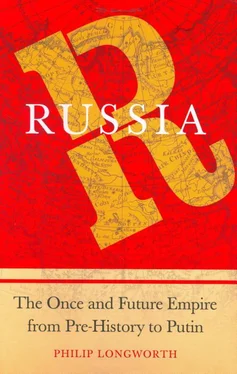




![Stephan Orth - Behind Putin's Curtain - Friendships and Misadventures Inside Russia [aka Couchsurfing in Russia]](/books/415210/stephan-orth-behind-putin-s-curtain-friendships-a-thumb.webp)

